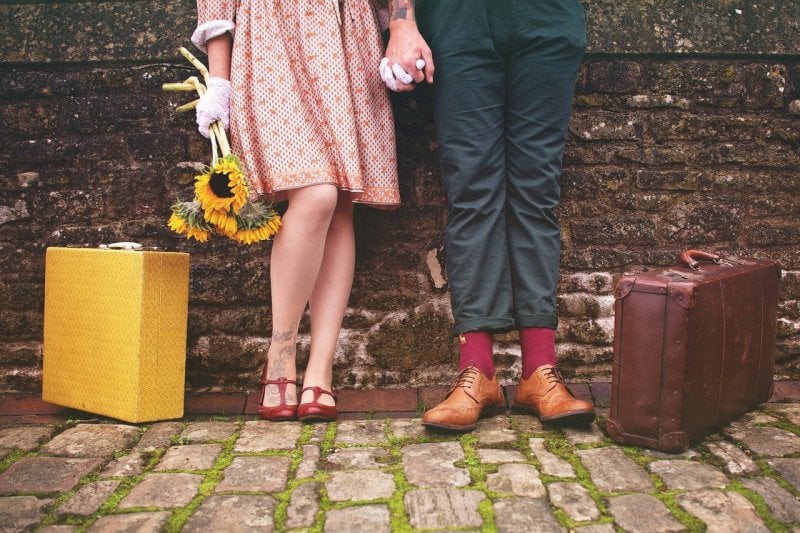Poetry and Fashion

Fashion and poetry, two seemingly disparate forms of art, share a profound connection that often goes unnoticed. Both are deeply rooted in self-expression and creativity, reflecting the zeitgeist of their times. Fashion, with its vibrant colors, intricate patterns, and evolving trends, provides rich imagery that poets can draw upon to create vivid, evocative works.
Fashion as Metaphor and Symbolism
In poetry, fashion often serves as a powerful metaphor or symbol. It can represent societal norms, personal identity, or even the passage of time. Through descriptions of clothing and style, poets can convey complex emotions and social commentary.
One notable example is Sylvia Plath's "The Applicant." In this poem, Plath uses the imagery of fashion and clothing to critique societal expectations of women. The poem opens with:
"First, are you our sort of a person?
Do you wear A glass eye, false teeth or a crutch,
A brace or a hook,
Rubber breasts or a rubber crotch?"
Here, fashion and accessories are employed to question identity and conformity, illustrating how deeply intertwined our appearances are with societal roles.
Fashion as a Reflection of the Self
Fashion is also a means of personal expression, and poetry captures this aspect beautifully. Walt Whitman’s “Leaves of Grass” often explores themes of self-expression and individualism. In "Song of Myself," Whitman writes:
"I dote on myself, there is that lot of me and all so luscious,
Each moment and whatever happens fills me with joy,
I cannot tell how my ankles bend, nor whence the cause of my faintest wish,
Nor the cause of the friendship I emit, nor the cause of the friendship I take again."
Whitman’s celebration of self is akin to the freedom and creativity found in fashion. His words mirror the personal joy and liberation that fashion can bring, embodying one's innermost feelings and thoughts.
Fashion in Contemporary Poetry
Modern poets continue to explore the theme of fashion, using it to comment on contemporary life and identity. Ocean Vuong, in his acclaimed collection "Night Sky with Exit Wounds," intertwines fashion with personal and cultural narratives. In the poem "Someday I’ll Love Ocean Vuong," he writes:
"The sky’s white with November’s teeth, and the year ends again without us,
the blued flesh of our wrists blooming into the tremble of a man’s hand we once watched unhook a bra with ease."
Vuong’s use of clothing, in this case, a bra, becomes a powerful symbol of intimacy, vulnerability, and the passage of time, demonstrating how fashion can evoke deep emotional resonance.
Discover More about the Intersection of Fashion and Poetry
For those intrigued by the intricate relationship between fashion and poetry, exploring different poets and their works can be a rewarding journey. The way poets capture the essence of fashion through their verses offers a unique lens into the cultural and personal significance of what we wear.
If you’re passionate about both fashion and poetry, A Retro Tale offers a fascinating exploration of vintage trends, not unlike how poetry delves into the depths of human experience.